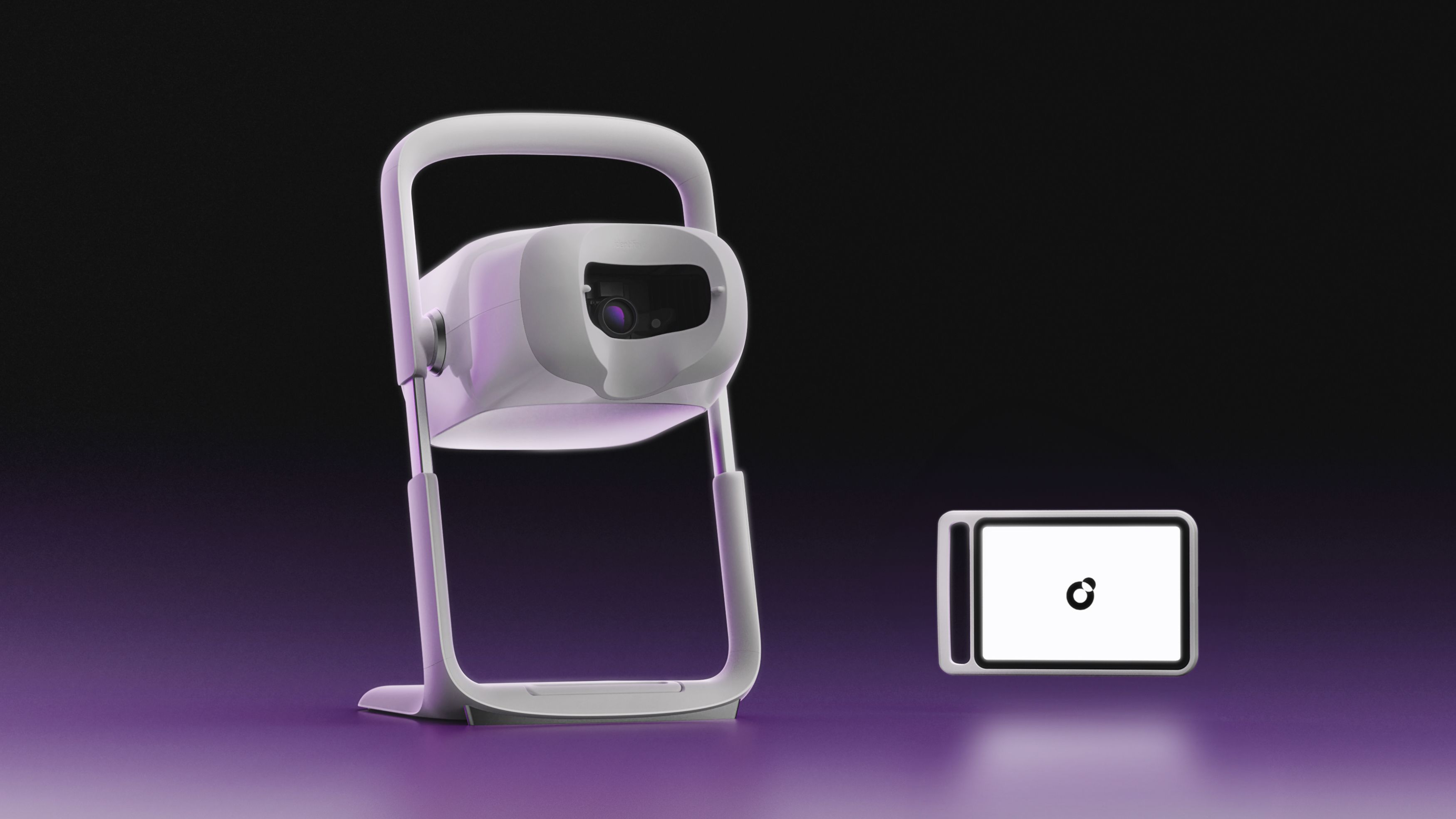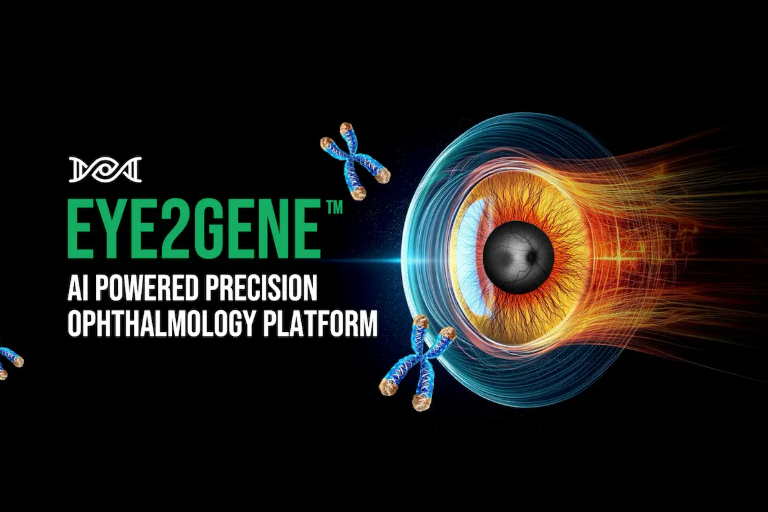
Retina Technology
Latest News
Latest Videos

CME Content
More News


RetinalGeniX partners with Labcorp to enhance genetic testing and retinal imaging, aiming for early disease detection and improved patient care.

How artificial intelligence could enhance clinical trials.

Patients express mixed feelings about AI in healthcare, favoring its use for documentation and administrative tasks while demanding transparency and safety standards.

This partnership aims to address care gaps by identifying untreated and undertreated patients at scale.

Machine learning algorithms enhance retinopathy of prematurity screening using smartphone images, expanding access in low-resource settings and easing pediatric ophthalmologist workloads.

Topcon Healthcare launches IDHea, an innovative platform enhancing AI research and ocular data access to improve clinical outcomes in healthcare.

Novel color created, olo, beyond previous human perception.

The partnership will use ocular imaging to build an AI foundation model and identify new genetic targets for degenerative diseases
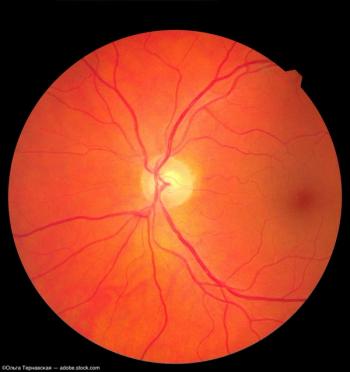
This database could enhance the workflow of eye care professionals with its in-depth reference data for retinal layer thickness and optic nerve head metrics.

This device is designed to assist healthcare professionals in analyzing fundus images for the early detection of key retinal conditions.
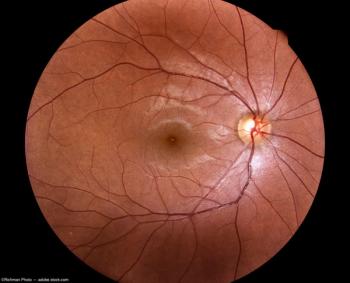
The imaging system is designed to enable secure, real-time remote monitoring around the clock, from virtually any location.

This research project, titled, “A Generalizable Deep Learning Platform for Unifying Quantification of Experimental Autoimmune Uveitis.”

The UK-based company will debut the tool, called Dr.Noon CVD, at two conferences in March
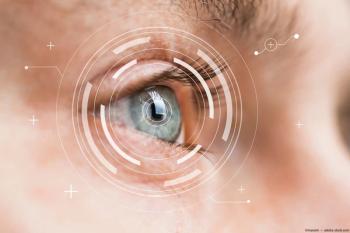
A recent study of AEYE-DS AI technology used in conjunction with the Topcon NW500 resulted in exceptional clinical diagnostic efficacy.

A look at the current state of AI in diabetic eye disease and where the future may take us.

The Sentinel Camera aims to address critical gaps in retinal disease screening by offering a portable device that captures high-quality images that require no dilation of the eye.

The NeurEYE research team will use millions of eye scans from Scottish optometrists to create the data set.

Cost among other factors may deter patients from screening, especially in rural and low-resource settings.
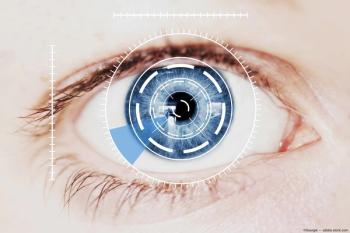
Within 4 months of AEYE-DS's deployment, diabetic retinopathy screening adherence increased from 29 percent to 49 percent.

In a study, a team of Korean researchers developed an AI model using OCT images to predict neovascular AMD treatment outcomes after anti-VEGF injections. The model highlights AI’s potential in personalized ophthalmic care.
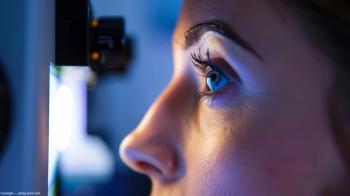
Avant Technologies and Ainnova Tech have partnered to develop a low-cost retinal camera integrated with Ainnova’s Vision AI platform for early detection of ocular and systemic diseases. The technology will be marketed as a SaaS platform for primary care settings.

Options empower patients and providers to decrease treatment burden

A recent cohort study revealed low adoption of FDA-approved AI-based diabetic retinopathy detection, with less than 5% of diabetic patients receiving ophthalmic imaging. Researchers emphasize the need for improved awareness, cost-effectiveness, and integration to increase diabetic retinopathy screening rates.

Julie Schallhorn, MD, MS, also is an associate professor of ophthalmology at the University of California San Francisco, has drawn upon her bioengineering background to develop a device to simplify eye drop administration.

